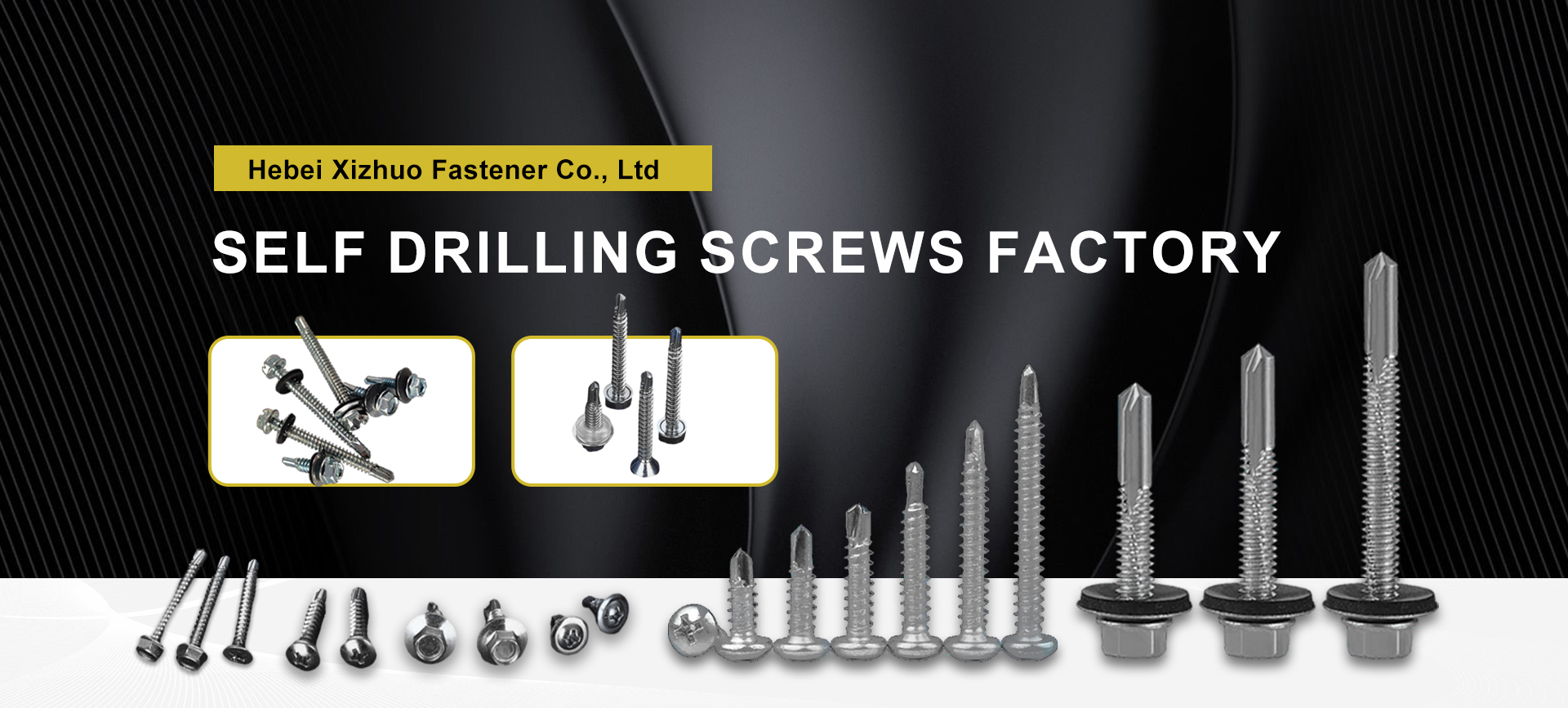anchor bolts in concrete footings
Understanding Anchor Bolts in Concrete Footings
Anchor bolts play a crucial role in construction, particularly when it comes to securing structures to their foundations. Concrete footings are foundational elements designed to support structures, and anchor bolts are embedded in these footings to provide reliable anchorage for various components, such as steel frames, columns, and machinery. This article explores the significance of anchor bolts in concrete footings, their types, and installation considerations, while also discussing their benefits.
What are Anchor Bolts?
Anchor bolts are heavy-duty metal fasteners used to attach objects or structures to concrete. In the context of concrete footings, anchor bolts serve as a linkage that holds a superstructure firmly in place, ensuring stability and safety. Made from materials like carbon steel or stainless steel, these bolts are designed to withstand significant loads and resist corrosion, which is particularly important in outdoor or harsh environments.
Types of Anchor Bolts
There are various types of anchor bolts, each suited for different applications
1. L-shaped Anchor Bolts These bolts have a bend at one end, allowing them to be embedded in concrete and providing excellent resistance to pull-out forces. 2. J-shaped Anchor Bolts Similar to L-shaped bolts but with a more pronounced hook at the end, which enhances resistance to shear forces.
3. Straight Anchor Bolts Typically used in lighter applications, these bolts can be cast into the concrete or inserted later.
anchor bolts in concrete footings

Each type has its application and should be chosen based on the load conditions and specific project requirements.
Installation of Anchor Bolts
The proper installation of anchor bolts is critical to the overall performance of the structure. Before pouring concrete, anchor bolts must be accurately placed according to predetermined specifications. This includes ensuring that the nuts and washers are tightened to appropriate torque settings to prevent movement. It’s also essential to consider the embedment depth and spacing of anchor bolts to avoid failure under load.
Once the concrete has cured, it is advisable to conduct a thorough inspection of the anchor bolts to ensure they are secure. Some projects may require additional testing, such as tension tests, to verify that the anchor bolts maintain structural integrity.
Benefits of Using Anchor Bolts
The primary benefit of using anchor bolts in concrete footings is enhanced safety. By anchoring structures securely, these bolts help prevent shifting or tipping during events like high winds or seismic activity. Additionally, they facilitate the successful transfer of loads from the structure into the foundation, promoting overall stability.
Furthermore, anchor bolts can expedite construction processes. By providing a reliable means of securing steel components, they can help streamline the assembly of complex structures.
In conclusion, anchor bolts are indispensable in ensuring the stability and safety of buildings and structures anchored to concrete footings. Understanding their types, installation methods, and benefits is essential for engineers and builders to achieve successful and enduring construction outcomes.
-
Weatherproof Plastic Expansion Anchors for Outdoorସମ୍ବାଦJun.06,2025
-
Sustainability in the Supply Chain: Eco-Friendly TEK Screws Productionସମ୍ବାଦJun.06,2025
-
Load-Bearing Capacity of External Insulation Fixingsସମ୍ବାଦJun.06,2025
-
Double Head Bolts: Enhancing Efficiency in Industrial Machineryସମ୍ବାଦJun.06,2025
-
Corrosion Resistance in Chipboard Screws: Coatings for Wholesale Durabilityସମ୍ବାଦJun.06,2025
-
Butterfly Toggle Bolts : Enhancing Structural Resilienceସମ୍ବାଦJun.06,2025
